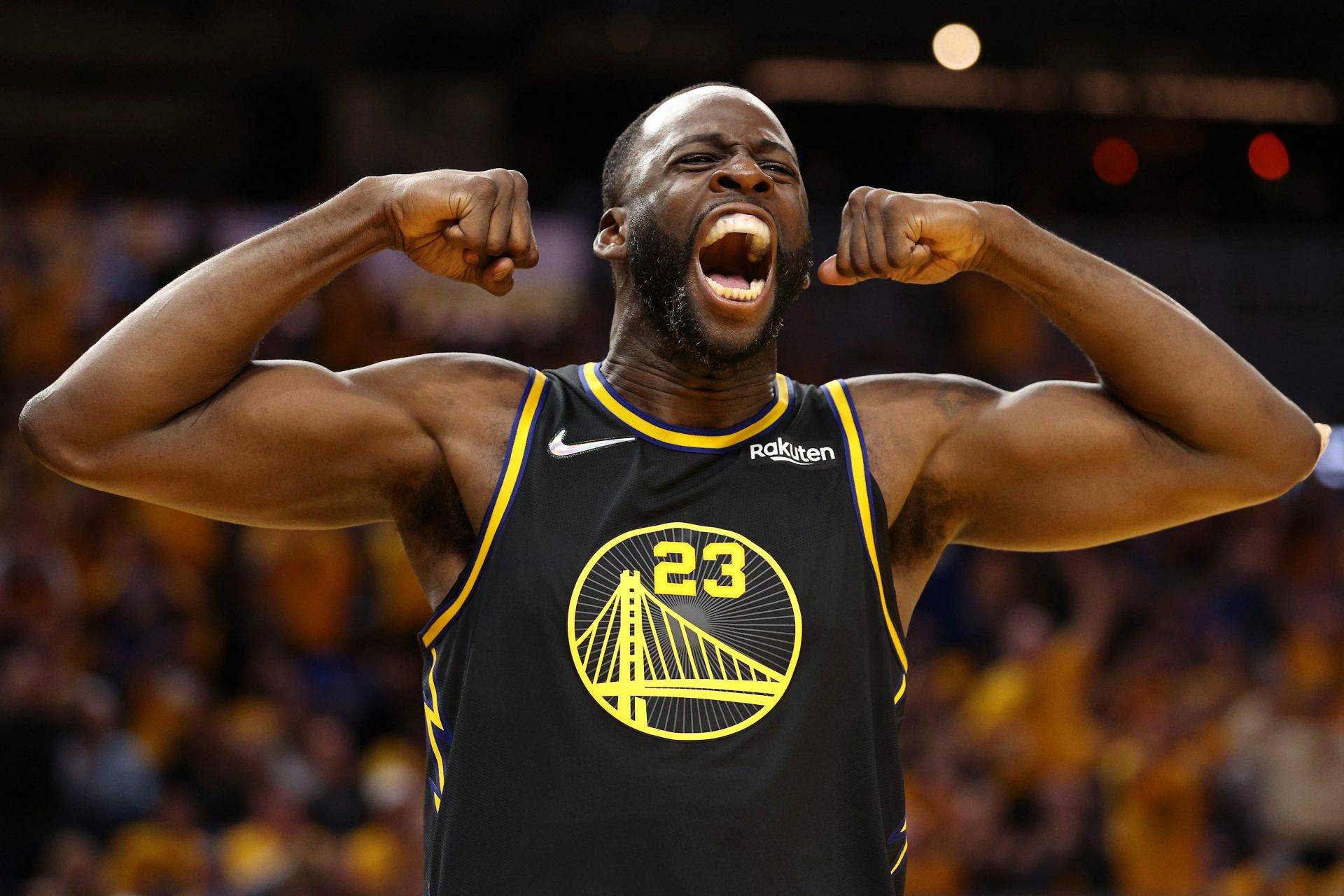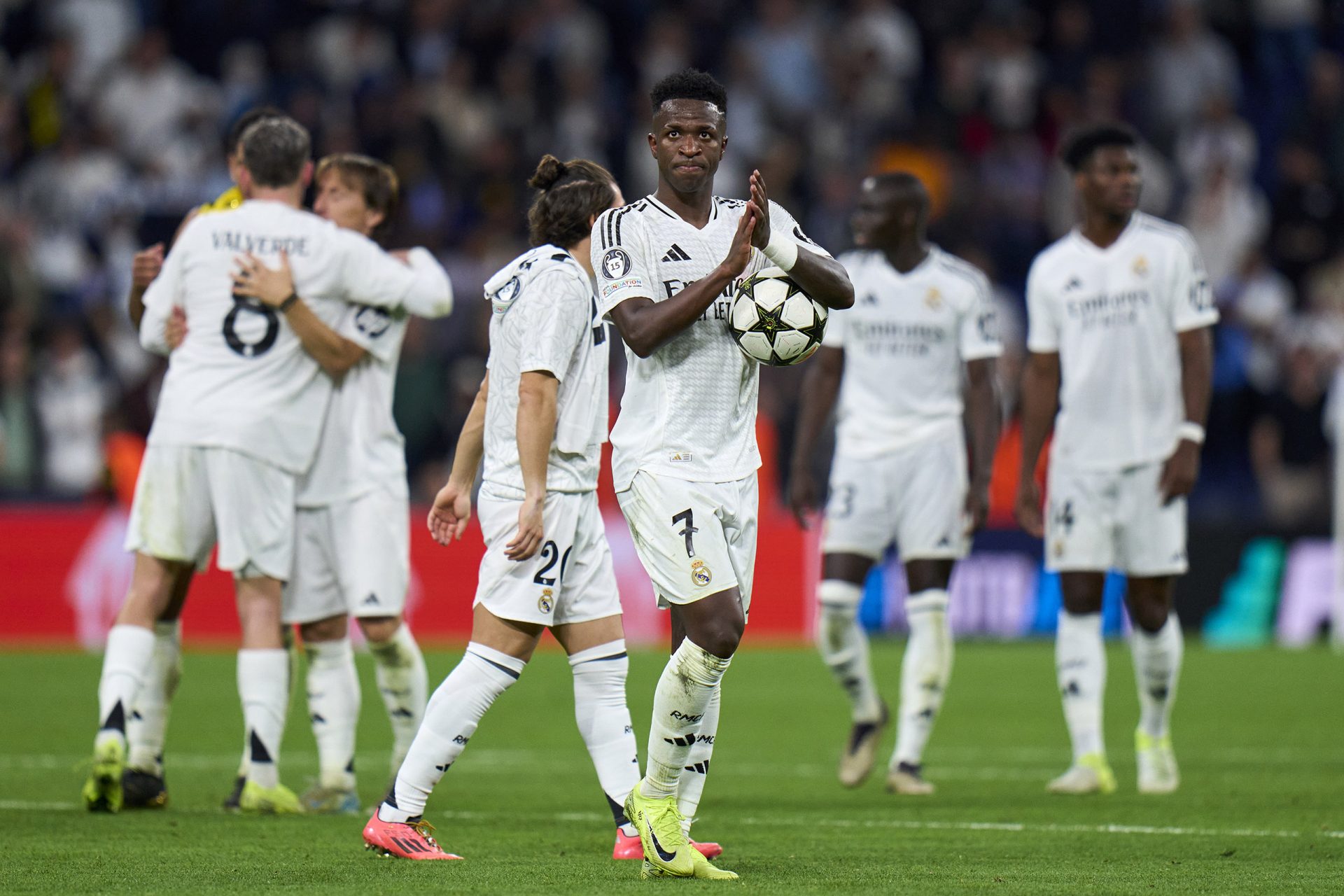20 fun facts about sports you might not know (but now you do!)
Who invented basketball? How was ping-pong created? Why do golf balls have dimples? What do the Olympic rings represent? These are questions we all have had in the past and, even if you haven't, no doubt you're curious now!
Let's start with the basics. Contrary to what one might think, the word 'sport' is of French origin. In fact, it derives from the old French "desport", from which, for example, the Spanish "deporte" and the Italian "diporto" (leisure, entertainment) are derived in turn. It was introduced to the English during the Norman conquest.
In international competitions (except at the Olympics), the countries that made up the UK participate individually. This is due to two very popular sports in these countries: rugby and football. When they were created, each “local” federation had its own regulations. Once they joined FIFA and World Rugby, England, Scotland, Wales, and Northern Ireland kept their autonomy.
America's Cup was first held in 1851 between American and British yacht clubs to celebrate the first universal exhibition in London. Over 170 years later, it's still going strong!
Penalty kicks have given football lovers cheers and tears for a long time, but they were originally not part of the game. Introduced in 1891, they originally could be done anywhere in the field as long it was 11 meters (ca. 36 ft feet) away from the goal. The penalty spot we now know today was added in 1891.
A strange engraving was found on the Norwegian island of Rodoy. It depicted a man with 13 feet (ca. 4 m) long planks on his feet, propelling himself with a short stick as if it was an oar. One could make the case that the history of skiing began there, over 4000 years ago.
These two sports are not part of the Olympic Games for a very basic reason: They do not meet one of the requirements of the Olympic Charter: that competitors should be on equal terms with each other since each driver would be participating with a different vehicle.
The first ping-pong match was probably held in England towards the end of the 19th century: it was an alternative for the wealthy members of English high society, when bad weather prevented them from practicing outdoor sports.
It's not Tiger Woods, Cristiano Ronald or Michael Jordan. According to Professor Peter Struck of the University of Pennsylvania, the richest sportsman of all time would be Gaius Appuleius, Roman chariot racing champion. During his lifetime, he accumulated 25 million sesterces which, compared to today, would be equivalent to 15 billion US dollars!
The dimples in a golf ball aren't just to look nice. They allow the ball to travel longer distances. The dimples in the ball slow down the speed of the air vortexes, so there is less turbulence, and fewer pressure differences, making the ball becomes more aerodynamic.
The fuzz of the tennis balls is there for a reason: to provide greater shot control to the player. If the ball was smooth, it could head in any direction, while the fuzz ensures that the strings of the racket are able, so to speak, to hold it (at least for a moment).
Photo: Kevin Mueller / Unsplash
The five intertwined rings have been the symbol of the IOC (International Olympic Committee) since 5 April 1896, the opening day of the first modern Olympics in Athens. Each of them represents a continent: yellow for Asia, green for Europe, red for the Americas, black for Africa and blue for Oceania.
It took place in the Olympic Club of New Orleans on April 6, 1893 between Andy Bowen and Jack Burke. After 7 hours and 19 minutes and a total of 110 rounds, it was only the referee who called to end the match, because neither of the two boxers was knocked out.
If the match between Bowen and Burke went down as the longest boxing fight in history, the 1947 fight between Mike Collins and Pat Brownson has the record for the shortest fight ever: in just 4 seconds Mike Collins managed to knock out his opponent.
Whatever the specialty (foil, épée, or saber), fencers still wear white for a historical reason: In old-timey days, points were awarded to the first fencer who made the other bleed. Of course, blood is easier to spot on white clothes.
Photo: Nathanaël Desmeules / Unsplash
A predecessor of today's football was already popular along universities on the US east coast through the 19th century. However, it wouldn't be until the 1890s that professional football was born.
Madhusudhan Venkadesan, a mechanical engineer from Yale University, has figured out what's the best and easiest way to get that ball into the net. Your best shot is the so-called Granny shot, throwing the ball slowly with both hands and from below.
Photo: Markus Spiske / Unsplash
Originally, tennis courts were made of grass, which was a fire hazard during the summer. However, clay was adopted as a protectant to avoid any risks or dependence on the weather.
A study published in Gait & Posture reveals that moving your arms doesn't help you run faster, but it does stabilize the body, keeping it straight and in an upward position while running.
According to a study by psychologist Cathy Craig of Queen's University of Belfast, these are very difficult to stop, regardless of the skill of the goalkeeper. When a player kicks a penalty shot, the human eye is not able to predict where the ball will go.
It might sound like an excuse to skip P.E. class, but being allergic to sports is real. There is, in fact, an allergic reaction called “exercise-induced anaphylaxis” which affects up to 2% of the Western population.
Photo: Corina / Pixabay
More for you
Top Stories


































